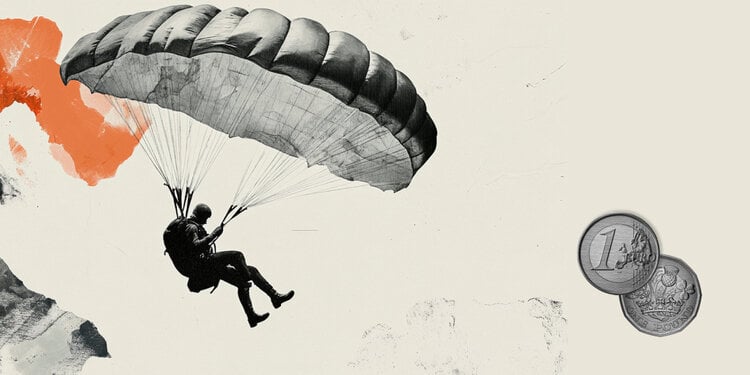Komodo dragons the largest species of lizard in the world, have teeth with iron tips that help them tear apart their prey, according to new research.
The metal is concentrated on the cutting edge and tips of its curved, serrated teeth, tinting them orange, the scientists wrote in a paper published Wednesday (24) in Nature Ecology & Evolution magazine.
Komodo dragons are native to Indonesia and weigh about 80 kilograms on average. They eat almost any type of meat and are known as deadly predators .
A team of researchers led by Aaron LeBlanc, a professor of dental biosciences at King’s College London, analyzed Komodo dragon teeth using advanced imaging and chemical analysis, according to a university statement.
They found that the iron is concentrated in a thin coating that acts as a protective layer that keeps them sharp, LeBlanc told CNN on Wednesday.
“If they didn’t have that iron coating, I’m sure the enamel on the cutting edges would wear away very quickly and the tooth would become dull,” he said.
“That’s not great for an animal that relies on having those razor-sharp teeth to cut through meat.”

LeBlanc said he was surprised to find iron, since the metal is typically associated with the more complex teeth of mammals, such as beavers and rats, rather than reptiles, which tend to have simpler teeth.
“I saw it many times before I really believed it,” he said. “The first few times I saw it, I thought it was a stain caused by eating.”
“It looks like someone took an orange pen or a thin paintbrush and painted the tip of the sharp edges orange,” he added.
LeBlanc analyzed teeth from museum collections as well as from a Komodo dragon named Ganus, which lived at London Zoo until it was euthanized last year.
Having a fresher sample from a zoo-kept animal was interesting because the entire jaw, including the gum tissue, was still intact, LeBlanc explained.
The analysis showed that iron was already present when the teeth emerged from the gum tissue and was also present despite Ganus having a very different diet to wild Komodo dragons, he added.
The findings could help us understand how carnivorous dinosaurs which had curved, serrated teeth similar to those of Komodo dragons, killed and ate their prey, LeBlanc said.
However, at this stage, it was not possible to determine whether dinosaur teeth had high levels of iron, because the metal is very common and leaches into fossils over time, he added.
The next task is to analyze the fossilized teeth of monitor lizards and look for alternative markers that could help us understand the composition of the fossilized teeth, he said.
Benjamin Tapley, Curator of Reptiles and Amphibians at the Zoological Society of London and a co-author of the study, said in the statement that Komodo dragons are “undeniably impressive.”
“Komodo dragons are sadly endangered, so in addition to strengthening our understanding of how the iconic dinosaurs may have lived, this discovery also helps us build a deeper understanding of these incredible reptiles as we work to protect them,” he said.
Source: CNN Brasil
Charles Grill is a tech-savvy writer with over 3 years of experience in the field. He writes on a variety of technology-related topics and has a strong focus on the latest advancements in the industry. He is connected with several online news websites and is currently contributing to a technology-focused platform.







